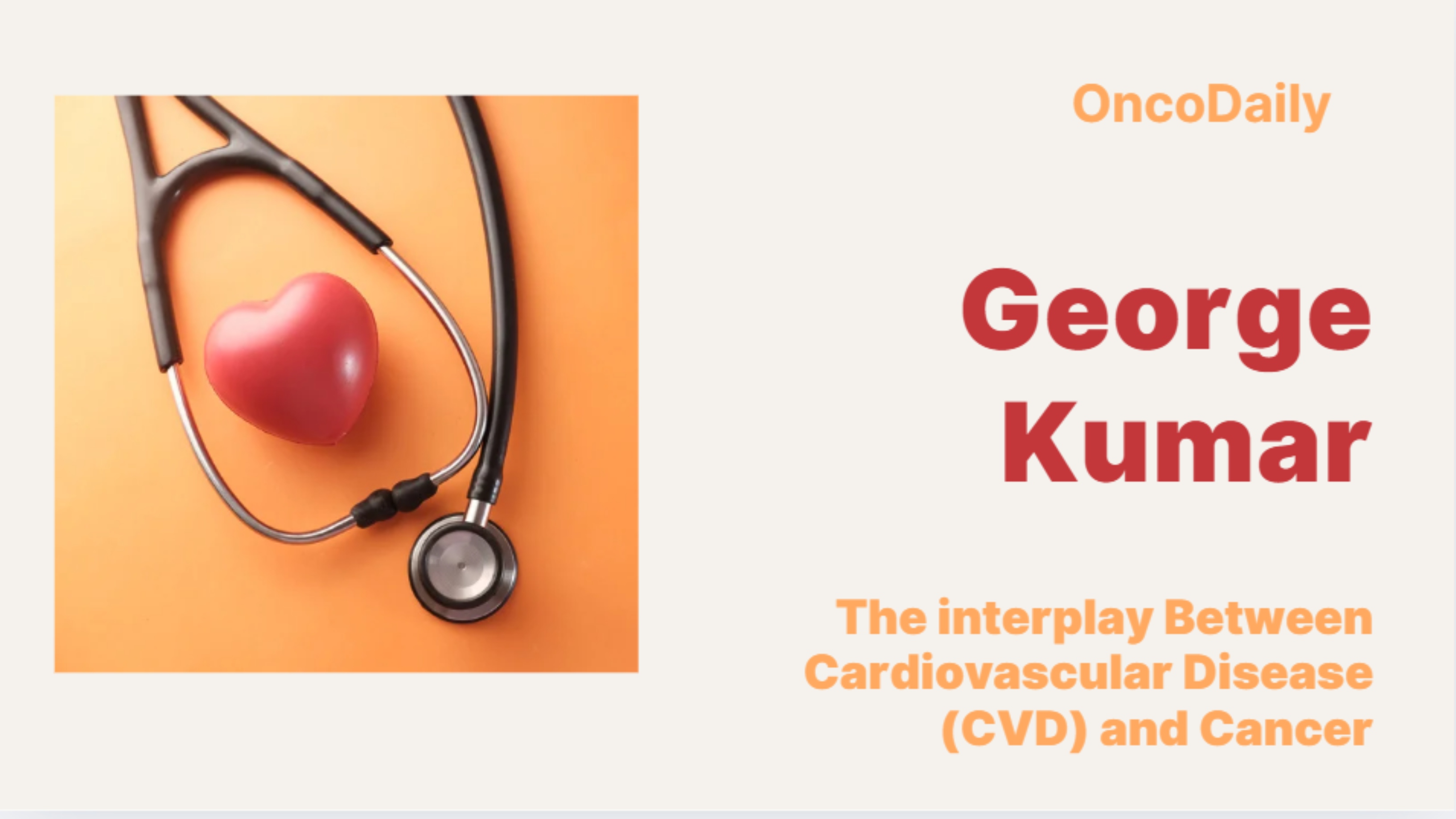George Kumar, Senior Director at AstraZeneca, shared on LinkedIn:
“A new field is taking shape: reverse (or bidirectional) cardio-oncology—the study of how heart disease doesn’t just coexist with cancer, but can actively promote its development and progression.
Figure 1. Cancer Development in Atherosclerotic CVD: Courtesy: Dr Kathryn J. Moore
Cancer Development in Atherosclerotic Cardiovascular Disease: JACC: CardioOncology Short-Form Primer
This schematic highlights the interplay between cardiovascular disease (CVD) and cancer:
• Shared Risk Factors (top right): Smoking, obesity, diabetes, and aging contribute to both CVD and tumor development.
• Mechanistic Pathways (top left): Human cohort studies and preclinical models implicate cardiac-secreted factors, altered hematopoiesis, and innate immune activation as drivers of oncogenesis in the setting of CVD.
• Surveillance Strategies (bottom left): Augmented protocols may be needed both to monitor cancer survivors for incident CVD and to screen CVD patients for new cancer diagnoses.
• Therapeutic Opportunities (bottom right): While no agents are yet specifically approved for bidirectional cardio-oncology, existing anti-inflammatory, lipid-lowering, and immunomodulatory therapies could help mitigate mechanisms linking CVD to cancer progression.”

More posts featuring George Kumar.
